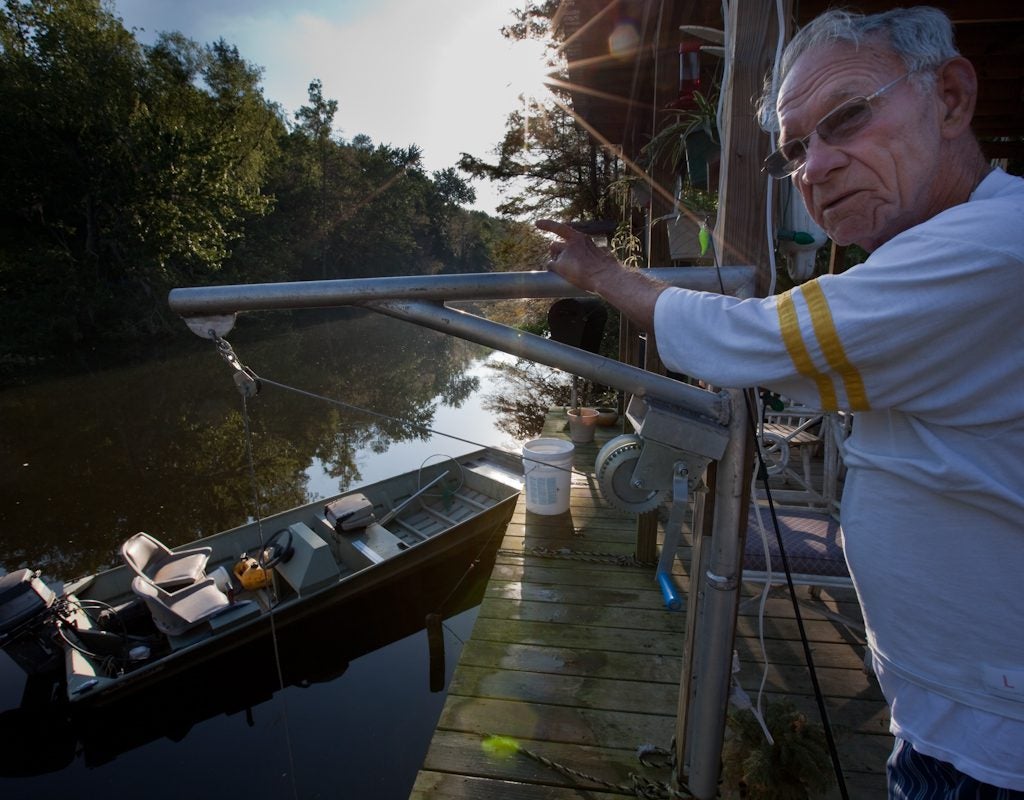Coastal Louisiana is an economic engine that feeds and fuels the nation, and its ports connect the U.S. with the world. Large-scale restoration of coastal Louisiana presents a huge opportunity to protect existing infrastructure and industry of national importance. It also provides an opportunity to grow a restoration economy that can be a model for other coastal communities around the world.
A snapshot of coastal Louisiana’s economic importance:

The water management sector – which includes coastal restoration, coastal protection and urban water management – is the #1 driver of jobs in southeast Louisiana and #2 across the entire coastal zone.
The state of Louisiana supports the U.S. economy by providing:
- $9.3 billion per year in tourism;
- Nearly 30 percent of the commercial fishing landings of the continental United States;
- $1.8 billion annual impact from recreational fishing;
- Five of the nation’s 15 largest shipping ports by cargo volume, handling a fifth of all waterborne commerce in the United States;
- More crude oil production than any other single state.
A closer look at coastal Louisiana’s economic importance:
Shipping
Ports like Baton Rouge, Lake Charles and New Orleans link the Mississippi River and the American Midwest with the rest of the world. In 2015, more than 33 million tons of exports passed through the Port of New Orleans on their way to important trade destinations around the world. Agricultural produce, machinery and other products from factories, farms and urban areas in the Mississippi River Valley and other sections of the country make their way through Louisiana’s ports, destined for international markets. Simultaneously, every year, Louisiana ships more than $100 billion worth of commodities and finished goods to the rest of the United States. Coastal Louisiana’s ports are vital to both the local and national economy, and coastal wetlands help protect these vital resources from the effects of storms.
Natural Resources

Coastal Louisiana’s saltwater and freshwater fisheries serve as an important source of seafood for much of the U.S., while the wetland habitats of the Mississippi River Delta attract hundreds of thousands of waterfowl hunters and fishermen each year. Powering all of this activity are the abundant oil and gas reserves that lie underneath Louisiana and its surrounding waters. Processing and production facilities for energy commodities are concentrated in the southern reaches of the state, close to the reserves that lie beneath the northern Gulf of Mexico.
Building a Restoration Economy
Saving Louisiana’s vanishing coastline is now the fastest growing industry along Louisiana’s coast, driving economic expansion and creating new jobs. Jobs in water management – which include coastal restoration, coastal protection and urban water management – have exploded in recent years, totaling more than 32,000 jobs in southeast Louisiana. Coastal restoration and protection is not only the biggest job creator in coastal Louisiana, but it also has some of the highest-paying jobs, averaging $69,277 per year.
This hot job market is expected to get even hotter as hundreds of millions of dollars from the Gulf oil disaster – funds solely dedicated to restoring and preserving the coast – as well as funding from the Gulf of Mexico Energy Security Act (GOMESA) flow into the state. These findings and more can be found in a new economic analysis by the Restore the Mississippi River Delta, based on methodology by The Data Center.
Preventing a National Disaster
Louisiana’s land loss crisis is a national emergency that has profound implications on the nation’s economy and wellbeing. A recent report by the LSU Economics and Policy Research Group and the RAND Corporation found:
- Estimated replacement cost of capital stock directly at risk from land loss ranges from $2.1 billion to $3.5 billion;
- Estimated total economic activity at risk from land loss ranges from $5.8 to $7.4 billion in output;
- Increases in storm damage to capital stock range from less than $10 billion to as much as $133 billion;
- Increased storm damage caused by land loss disrupts economic activity, leading to additional $5 to $51 billion in total lost output including direct and indirect effects.
Implementing Louisiana’s Coastal Master Plan can help reduce such losses. Coastal restoration not only helps to protect the people, industries and wildlife that call Louisiana’s coast home, it also fuels economic growth faster than any other single business sector in the region. Investment in coastal restoration is a major win-win for the people, environment and economy of south Louisiana.